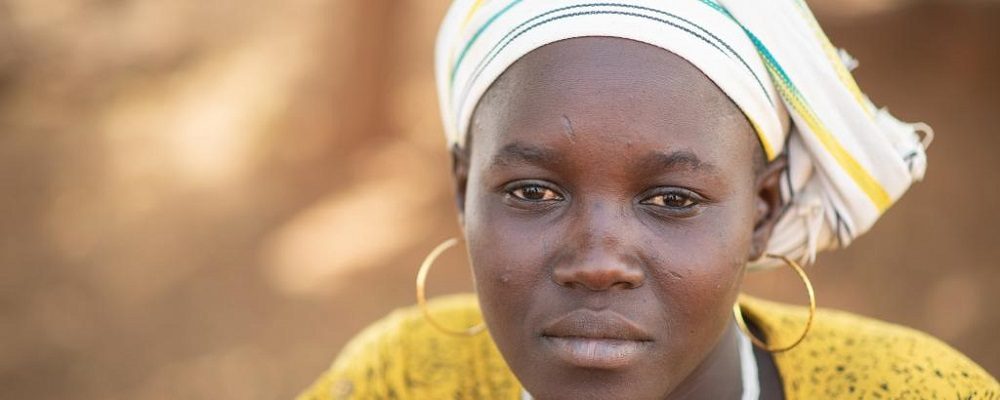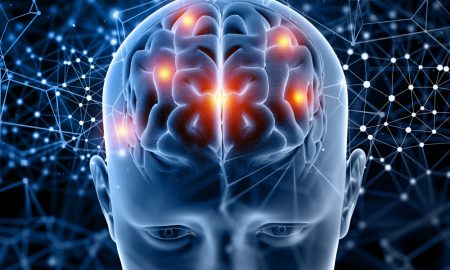
Research Suggests That Girls’ Mental Health Was More Affected Than Boys During The Pandemic

While early data showed that men faced a higher mortality risk due to the virus, women were more likely to face a greater social and economic burden. Before 2019, women faced significant barriers to gender equality, especially concerning finances, employment, education, unpaid labor, and gender-based violence. COVID-19 only served to deepen those divides.
Evidence has shown that the COVID pandemic has significantly impacted women’s mental health more than men’s. For example, lockdowns and the stress of homeschooling have been found to take a greater toll on working mothers than fathers, while women have been more likely to experience increases in loneliness over the past two years.
Evidence from studies

Anastasia Shuraeva/ Pexels | Mental health problems don’t define who you are
Multiple studies were created in the UK to focus on the experience of the COVID pandemic. Children in the UK have been directly affected by the closures of schools and childcare facilities, which contributed to the decline in their mental well-being. School closures were compounded by a lack of social interaction during lockdowns and increased stress within families, which can have a flow-on effect on children.
In such studies, children’s mental well-being was measured by scores on the Strengths and Difficulties Questionnaire, a survey used to measure children’s emotional and behavioral difficulties. For example, it measures a child’s ability to pay attention, manage their behavior and emotions, and interact with their peers.
Furthermore, people between 16 and 18 years old were more negatively affected than younger teens during the pandemic, which may have been, at least partly, a result of disruptions in education. While teens aged 13 to 15 continued to attend school in person, the older students typically switched to remote learning.

Nothing Ahead/ Pexels | Being able to be your true self is one of the strongest components of good mental health
According to the World Health Organization’s Determinants of Adolescent Health Development, several factors can shape young people’s mental health. These include social and economic inequalities, neighborhood safety, relationships at school and in the community, relationships with family, as well as age, race, ethnicity, gender, etc.
The pandemic has also impacted the civic space, limiting the ability of women’s rights organizations and other progressive voices to participate in this critical juncture. Authoritarianism and sexist populism have been reinforced during the pandemic, and progressive leaders, many of them being women, have suffered attacks and a reduction in resources.
How to treat depression and anxiety in teens

Vlad Bagacian/ Pexels | Tough times never last, but tough people do
One of the most important ways to help kids struggling with stress, anxiety, or depression is simply to talk about it. Have a conversation about how hard things are. Normalize and validate that experience for your child. Having a conversation and acknowledging that things aren’t easy is a first step for parents to hear directly from their children how they are doing. If parents are concerned, they can also engage the school environment and contact counselors, psychologists, and social workers in a school setting who may be able to check-in.
More in Health & Well-being
-
`
How Does the Brain Play Into Mindset? The Power of the Mindset
How does the brain play into mindset? Within the brain lies the foundation of our mindset, shaping our perceptions and guiding...
August 3, 2024 -
`
How Often Should You Meditate to Achieve Your Goals
How often should you meditate to achieve its benefits? This question is often asked by those looking to incorporate this practice...
July 25, 2024 -
`
How to Be a Better Wife? 10 Essential Tips
Marriage is a beautiful journey, a tapestry woven with moments of joy, tenderness, and perhaps even a few snags along the...
July 19, 2024 -
`
The Best Quotes About Shadow Self You Need to Read
The journey of self-discovery is incomplete without acknowledging the parts of ourselves that lurk in the dark—the shadow self. “Owning Your...
July 12, 2024 -
`
How to Make Your Wife Happy and Strengthen Your Bond
You’ve probably heard the age-old advice, “Happy wife, happy life.” But what does it really mean to make your wife happy?...
July 5, 2024 -
`
Top 6 Best Beaches in Lake Tahoe You Should Not Miss
Lake Tahoe is a gem nestled in the Sierra Nevada mountains, boasting some of the most breathtaking beaches you will ever...
June 28, 2024 -
`
6 Practical Ways of Using Social Media Less & Be More Productive
In today’s digital age, knowing how to spend less time on social media is a game-changer. Social media, though engaging, can...
June 20, 2024 -
`
How to Overcome Fear: Expert Tips and Advice
Feeling overwhelmed by fear and anxiety is a common human experience, one that often leaves us feeling trapped and uncertain about...
June 13, 2024 -
`
Here’s Everything You Need to Know About Open Relationships
An open relationship is a consensual arrangement where partners agree to engage in romantic or sexual relationships with other people. Unlike...
June 6, 2024















You must be logged in to post a comment Login